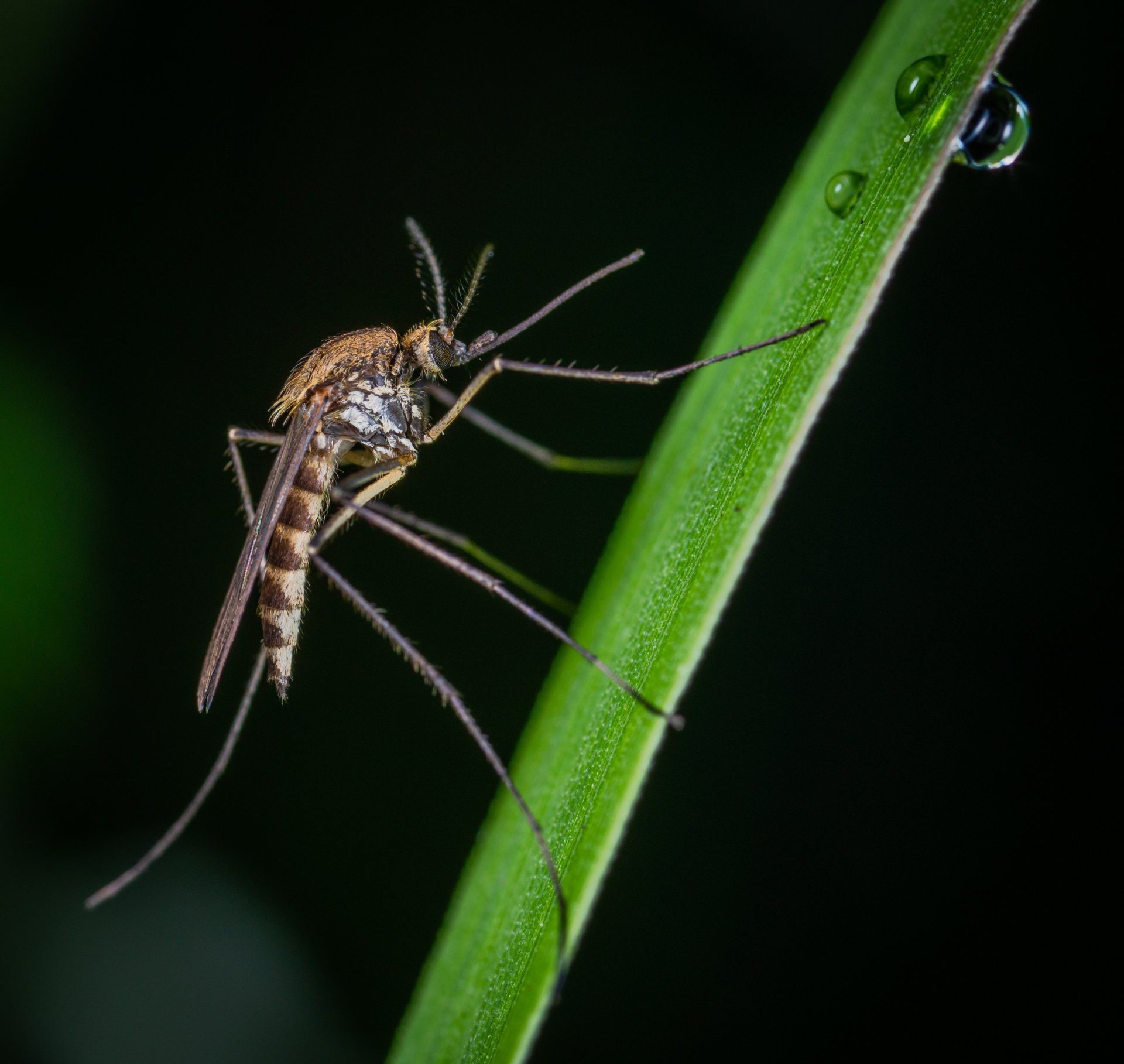Safeguarding Your Furbabies


Protecting your pets from bites from these parasites involves a comprehensive approach that includes both preventive measures and quick response to bites if they occur.
The line of primary defense is the regular use of tick control products. These can take the form of topical treatments, collars, or oral medications, depending on what is most convenient and effective for your pet's specific needs. Sprays can offer a first line defense to repel and kill off these bloodsuckers. They can be used on a regular basis but must be applied more often than the other forms of preventatives. It is highly recommended that these options are discussed with your veterinarian to ensure you choose the most appropriate product.
It is important to note that regular grooming and bathing with tick-controlling shampoos can help remove and kill these critters off early. Also, consider maintaining your yard by trimming low hanging branches and mowing the lawn regularly to make the environment less appealing for them to hang out.
Avoiding areas known for infestations, such as heavily wooded areas and tall grasses, is another prevention method. However, if you have been in these locations with your animals, it is vital to give them a thorough entire body examination once you return home. Pay special attention to their head, neck, ears, tail, and feet.
If you discover a tick, remove it as soon as possible to lessen the chance of disease transmission.
Wearing gloves for protection, gently part the fur to reveal the affected area. Utilize fine-tipped tweezers or a tool that is designed specifically for tick removal to grasp it as closely to your pet's skin as possible and pull upward with steady pressure to ensure full removal. Afterward, clean the skin with soap and water and apply an antiseptic. Remember to properly dispose once removed. Whichever method you choose to remove the tick, please clean it with disinfectant prior to storing it.
A crucial aspect of post- bite care involves observing for any signs of disease which these vectors can transmit. These may include loss of appetite, fever, lethargy, swollen joints, unsteady gait, and more severe cases such as paralysis or seizures. If any of these symptoms do develop, consult with a veterinarian right away. Associated diseases – like Lyme disease and Ehrlichiosis – can be serious, but early detection and treatment greatly increase the likelihood of a positive outcome.
Through this attentive, preventative approach and quick response, you can significantly lower the risks and potential complications and ensure the lasting health of your furry companion(s).
Quick & Reliable
We are available via email or telephone
Location
Call
All Rights Reserved | Adirondack Mosquito Control | Powered by Snapps | Website Layout & Maintenance by Precision Leads
